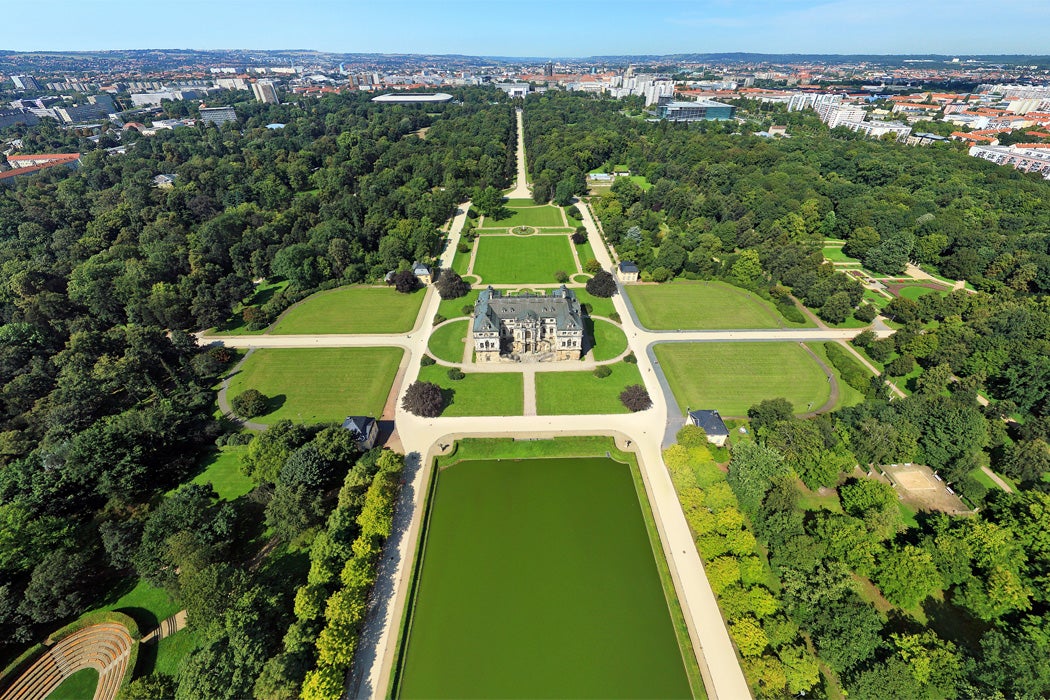German cities had huge urban forests before the destruction caused by World War II. So how did they get them back? Scholars Judith Stilgenbauer and Joe R. McBride tell a tale of two German cities and their embattled forests.
Germany had a long tradition of public green space. About 4 percent of Hamburg and 5 percent of Dresden was devoted to gardens, parks, and recreational areas. But the bombs that laid waste to German cities during WWII also took a huge toll on their trees. “The concussion of exploding bombs, the collapse of adjacent buildings, and hurricane-force winds burned, destroyed, and disfigured trees,” write Stilgenbauer and McBride. “In Hamburg and Dresden large parts of the urban forests established since the late Renaissance were ruined.”
After the war, city residents saw burning wood, falling trees, and craters where beloved shade trees once had stood. Despite the need to heat their homes during the wartime winters and the lean times that followed the war, residents of both cities followed ordinances that forbade them to cut down the surviving trees. Hamburg fell under British occupation and became part of West Germany. Dresden was occupied by the Soviets and became part of the German Democratic Republic, a Soviet satellite state. Those political differences meant different approaches to reforestation and public space.
Hamburg’s plan was influenced by an existing 1944 reconstruction policy reflecting the Nazis’ anti-urban ideology. The plan’s influence lived on in the form of expansive green corridors. After 1950, locally-grown trees were planted in Hamburg. Lindens, maples, birch, and oak trees can now be found in the city, which regained most of its urban forest by 1980.
Weekly Newsletter
The story was different in Dresden. After the war, boys were recruited by the city’s botanic gardens to find seedlings in the rubble. Many of those rescued trees still exist today. Though local planners and citizens objected, Soviet directives dictated how East German cities were rebuilt. A focus on large public squares and wide streets led to the loss of many green spaces. New parks were planted over cellars that hadn’t been completely filled, and languished once their roots hit those waterless pockets. Urban forest efforts were stymied by East Germany’s faltering economy. Stilgenbauer and McBride note: “Survival was the priority for most [East Germans].” Yet individuals still made their own attempts to replant and care for beloved trees.
According to Stilgenbauer and McBride, it’s time to pay more attention to the histories of urban forests after war. “Governance and ideology matter,” they write, as evidenced in the big differences between reforestation in Dresden and Hamburg. But it was individuals’ love for their trees that helped reforest both cities. “This record of human affinity for trees in the city offers perhaps the best hope to tap after future disasters.”







